There’s little doubting the fact that the aerospace industry has always been at the cutting edge of technology. It seems incredible that the first powered flight was not that much more than a hundred years ago, partly because in the intervening time the aviation sector has pioneered so much in the way of technological advancement. And here in the 2020s, the innovations keep on coming, strongly fuelled by the need to make air travel more sustainable than ever before.
Perhaps one of the reasons why aviation has been at the forefront of envelope-pushing is that innovators have often been willing to try almost anything. Even planes that have defied every law of physics have been given the chance to fly, sometimes of course with disastrous consequences. One example, commonly known at the time as the Spruce Goose, has remained a particular favourite of those who love anything quirky.
Officially named the Hughes H-4 Hercules, it flew just once, in 1947, and has remained firmly on the ground ever since. It’s probably for the best, given that the plane was big in both size and weight. Until 2019, it had the widest wingspan of any aircraft ever made, a jaw-dropping 98 metres, in fact. And it was made from birch, not spruce. The media, obsessed by the antics of company owner Howard Hughes already, wanted to give it a nickname, and Spruce Goose, despite being inaccurate, sounded too good to ignore.
When anyone talks about aviation, they tend to think in terms of passenger aircraft, but of course cargo planes are common in all parts of the world. By their very nature, some cargo planes have to be on the large side, and one of the most unusual was particularly impressive. Built by NASA, the wonderfully-named Aero Spacelines Pregnant Guppy was used for transporting some of the larger components of the Apollo space programme. These days, it may seem a little funny to many of us, but its design inspired many other future planes, including the Boeing Dreamliner.
Planes for pets? Whatever next?
And it’s worth noting another tale of air cargo, one that involved pets rather than parcels. In 2009, an airline was launched in Florida, specifically for dogs, cats and the like. Pet Airways was in operation for around two years, and the passengers – believe it or not, they were referred to as pawsengers – were given pre-flight walkies and even had a bathroom break prior to take-off. For pet owners, the airline offered a more pleasant alternative to the usual pet crates held in the cargo hold.
Whether you enjoy flying or not, you might want to spare a thought for passengers who regularly travel on the world’s longest scheduled air routes. Defining the very longest flight isn’t easy, due to flightpaths changing because of tailwinds, headwinds and weather conditions, but among the lengthiest are Singapore to New York, operated by Singapore Airlines, and Air Tahiti Nui’s once-regular route of Tahiti to Paris. The latter, incidentally, a distance of more than 15,000 kilometres, is technically a domestic flight, because it travels between French territories.
Perhaps one of the most famous flights in recent years occurred on January 15th, 2009. The seemingly routine journey between New York’s La Guardia and Seattle-Tacoma struck a flock of birds soon after take-off, and the rest, as they say, is history. Captain Chesley ‘Sully’ Sullenberger handled the emergency perfectly, landing the Airbus 320 on a stretch or river nearby. The so-called Miracle on the Hudson led to worldwide fame for the man himself, and later became a movie starring Tom Hanks. Some passengers suffered injuries in the aftermath, but there were no fatalities.
This incredible story serves to perfectly highlight the dangers of wildlife strikes in the aviation industry. Airports all over the world take subjects such as bird dispersal extremely seriously, and thanks to products such as the Scarecrow B.I.R.D. Tab it’s easier than ever before to not only move birds away from the runway areas but also to monitor their movements and understand their habits.


